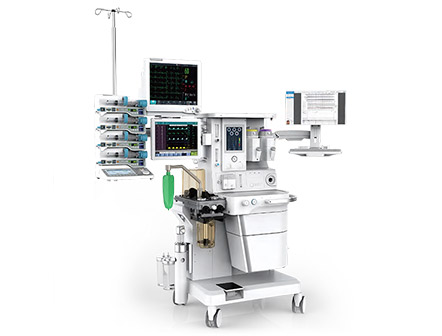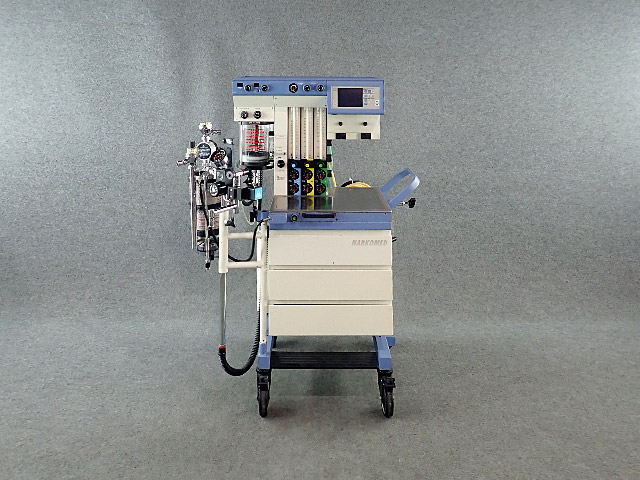

įactors such as species, sex, hypothyroidism, hyperthyroidism, or duration of anesthesia do not affect MAC however, the age of the patient does influence the minimum alveolar concentration. It is important to note that the conventional values of MAC are determined at a reference pressure of 1 atm and that changes in ambient pressure will change MAC.

The inverse is true for factors that decrease MAC. When a factor is present that increases MAC, there is a decreased potency of volatile anesthetic for that person, and they require a larger amount of anesthetic to achieve immobility. Many variables alter minimum alveolar concentration (MAC), changing the amount of anesthetic required to prevent movement. Following the Meyer-Overton theory, MAC could be estimated by using the following equation : Although lipid solubility is not the sole determinant of potency, as proteins are likely the target site for volatile anesthetics, this concept holds true for volatile anesthetics. īefore the concept of MAC, the Meyer-Overton relationship was well established it stated that all fat-soluble agents would function as anesthetics due to their ability to cross the lipid bilayer of neurons. Studies in rats demonstrated this concept by introducing lesions in the central nervous system to sever connections between the spinal cord and the brain, and it was found that these lesions did not alter MAC. Immobilization is mediated by other aspects of anesthesia such as amnesia and hypnosis in the subcortical and cortical regions of the brain. Both animal and human studies have found that volatile anesthetics depress spinal motor-neuron excitability, which is why immobilization is mediated largely at the level of the spinal cord by inhaled anesthetics. It can be applied to all inhalational anesthetics and is used to compare anesthetic potency. Minimum alveolar concentration (MAC) provides a correlation between anesthetic dose and immobility. It is a useful and reproducible metric in both animals and humans across all volatile anesthetics, making it the standard for comparison of volatile anesthetic potency. MAC uses the measurement of end-tidal anesthetic as a measure of the level of anesthetic within the alveoli and, in turn, at the level of the central nervous system. It is defined as the concentration of inhaled anesthetic within the alveoli at which 50% of people do not move in response to a surgical stimulus. The concept of MAC negated the variability by measuring a single quantitative endpoint: immobility. Previous attempts to create a measure to determine the adequacy of anesthetic dosing, such as the Guedel stages of anesthesia or Woodbridge concept of “nothria” were all qualitative measures that varied depending on the inhaled anesthetics. introduced the concept of minimum alveolar concentration (MAC), and it has since been used as the standard measure of potency for volatile anesthetic agents. x Modifier Adjustment = Allowance for each providerĪgain, accuracy is essential, as your process for calculating anesthesia time units can directly impact the overall charge, which then impacts your practice’s revenue.In 1965, Eger et al. The formula for anesthesia performed under medical direction would be: (Base Factor + Total Time Units) x Anesthesia Conversion Factor x Modifier Adjustment = Allowance The formula for anesthesiologists or CRNAs would be: The formula you use depends on who administered the anesthesia. There are specific formulas used to calculate reimbursement for a procedure based on the time units calculated for anesthesia time. If the procedure lasts for 63 minutes, for example, then 4.2 time units would be reported – and that time should not be rounded up or down. So a 45-minute procedure would be considered three units of anesthesia time.Īccuracy is essential here, since Medicare pays to a tenth of a unit. Each 15-minute segment of anesthesia time is reported as one unit of time. When it comes to the logistics of how one should report anesthesia time, the appropriate unit is 15-minute increments.

The end of anesthesia time is marked by the moment the anesthetist is no longer personally attending the patient, and the patient has been moved into post-anesthetic care. Instead, this is considered preoperative evaluation, and will be calculated in the base units. An important thing to note is that any time spent looking over the patient’s medical records before surgery is not considered “anesthesia time” and is not billable.
#Anesthesia unit calculator how to
Calculate Your Revenue How to Determine and Report Anesthesia TimeĪnesthesia time begins the moment the provider (the anesthetist) begins preparation for the patient, whether it's in the operating room or in another area.


 0 kommentar(er)
0 kommentar(er)
